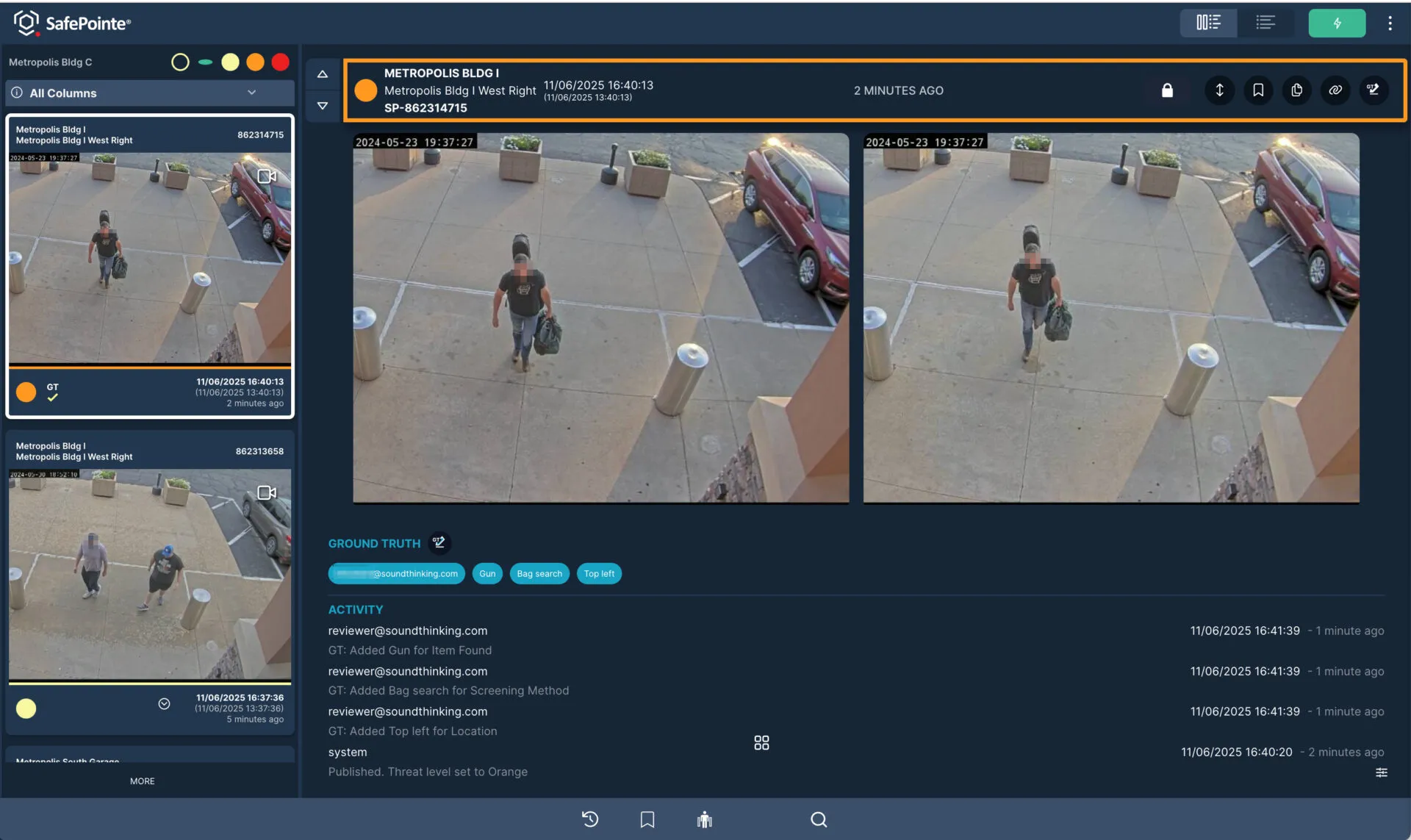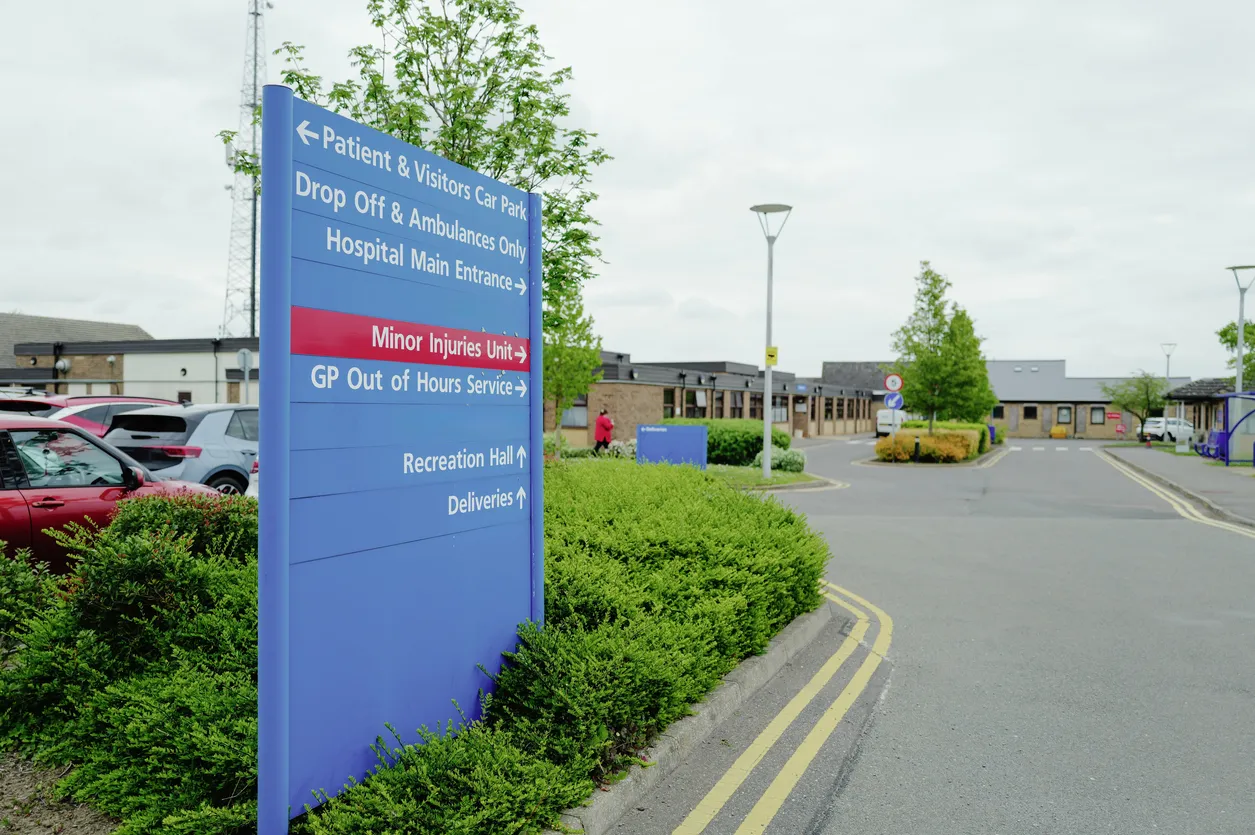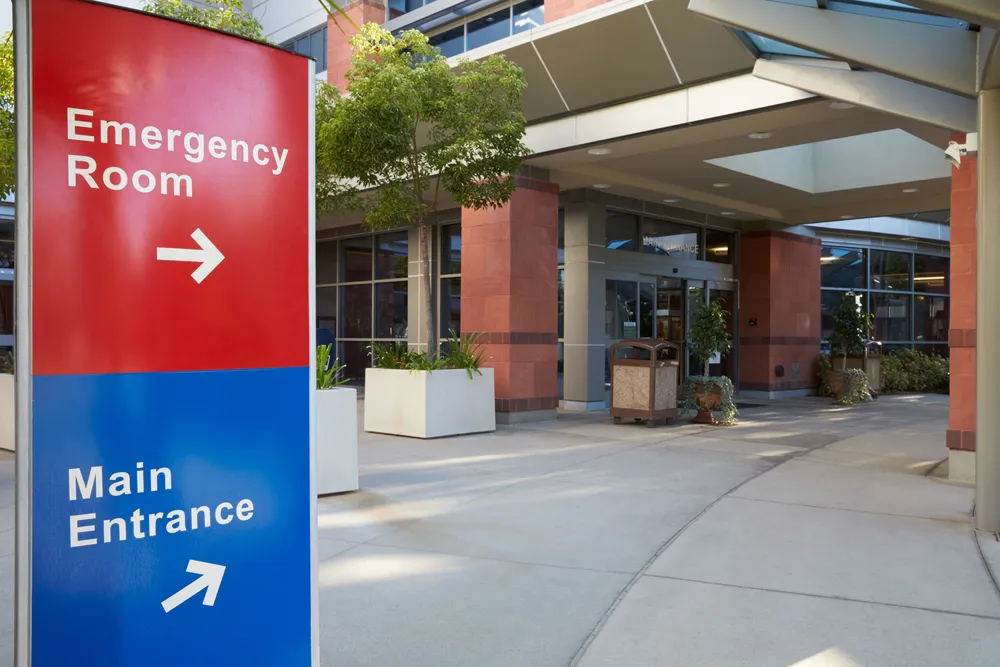By March 1, 2027, every general acute care and psychiatric hospital in California must implement automated weapons detection systems under Assembly Bill 2975 (AB 2975)—a landmark law shifting hospital security from voluntary to mandatory screening. Though the compliance date may seem far off, the complexity of planning, budgeting, and stakeholder coordination means hospitals need to act now.
This post outlines key planning strategies for hospitals preparing to meet the 2027 mandate, including how to phase implementation, launch pilot programs, and build early buy-in across clinical and administrative teams.
1. Start with Comprehensive Risk Assessments and Entrance Mapping
Hospitals vary widely in design, patient flow, and entry configurations—which makes early assessment essential. A thorough risk and infrastructure assessment in 2025 does more than document existing conditions; it lays the foundation for every subsequent planning decision.
A well-executed assessment helps hospitals identify and prepare for the following:
-
Screening scope: Determine which entrances must be equipped with weapons detection—main public, emergency, and labor & delivery—and whether any qualify for limited exemptions.
-
Infrastructure readiness: Assess power, network, and space limitations that may impact installation timelines or equipment selection.
-
Operational impacts: Anticipate queuing patterns, signage placement, ADA accessibility, and patient flow to ensure screening integrates smoothly with daily operations.
-
Compliance coordination: Use entrance maps and risk data to inform Cal/OSHA advisory feedback and facilitate early coordination with the Department of Health Care Access and Information (HCAI) on plan reviews or structural modifications.
In short, early assessments don’t just identify vulnerabilities—they prepare hospitals to make informed technology choices, allocate budgets efficiently, and enter the 2026 rulemaking phase with clear, actionable data.
Download Risk Assessment Guide
2. Use Pilot Programs to Build a Smarter Rollout
A phased approach—starting with pilot programs at select entrances—gives hospitals time to test technology, train staff, and fine-tune procedures before full deployment. Pilot programs can:
-
Evaluate throughput and false alarm rates.
-
Identify workflow disruptions during shift changes or visiting hours.
-
Provide real-world feedback to refine signage, de-escalation protocols, and “treated-first, screened-later” emergency policies.
Hospitals that pilot early can also negotiate stronger vendor relationships and avoid the 2026–2027 supply bottleneck expected once regulations are finalized.
3. Engage Unions, Clinicians, and Patients Early
Collaboration is one of the strongest predictors of successful implementation. Hospitals should engage:
-
Labor representatives and security personnel to co-design staffing models that balance safety and workload.
-
Clinicians and department heads to align screening procedures with patient care workflows, especially in emergency and maternity settings.
-
Patient advocates and communications teams to ensure transparency about the purpose and privacy of screenings, minimizing stigma or confusion.
By involving these groups early, hospitals can foster trust, reduce resistance, and ensure protocols reflect both clinical priorities and community values.
4. Build a Realistic, Phased Implementation Roadmap
AB 2975’s compliance timeline compresses quickly once final rules are adopted. Hospitals can follow a four-phase roadmap modeled after the state’s emerging best practices:.
Phase 1: 2024–2025 — Planning and Risk Assessment
Begin by mapping all public entrances, documenting past security incidents, surveying infrastructure needs, and engaging internal stakeholders. Early planning ensures hospitals can provide meaningful input during Cal/OSHA’s advisory process and anticipate necessary facility modifications.
Phase 2: 2025–2026 — Budgeting and Technology Selection
Evaluate available weapons detection systems, secure capital funding, and begin drafting screening policies and training curricula. This phase sets the foundation for procurement and staff preparation once standards are finalized.
Phase 3: Late 2026 — Pilot and Infrastructure Preparation
Launch pilot programs at select entrances to test equipment and workflows. Obtain HCAI plan review for any structural changes, finalize technology purchases, and post EMTALA-compliant signage to inform the public about screening procedures.
Phase 4: Early 2027 — Full Deployment and Certification
Complete staff certification, finalize documentation, and fully integrate weapons screening into each facility’s workplace violence prevention plan. Hospitals should also establish systems for continuous monitoring, maintenance, and compliance reporting.
5. Maintain Momentum Through 2027 and Beyond
Compliance is not a one-time project. Hospitals should track system performance, staff feedback, and patient experience to inform future improvements. As Cal/OSHA refines its standards, maintaining robust documentation will help institutions demonstrate compliance and contribute to broader safety research across California’s healthcare system.
Plan Early, Pilot Smart, Engage Broadly
Weapons detection in California hospitals is no longer optional—it’s a statewide expectation rooted in the safety of healthcare workers and patients alike. Hospitals that plan early, pilot strategically, and engage their stakeholders will not only meet compliance requirements but also strengthen public trust and operational resilience.





